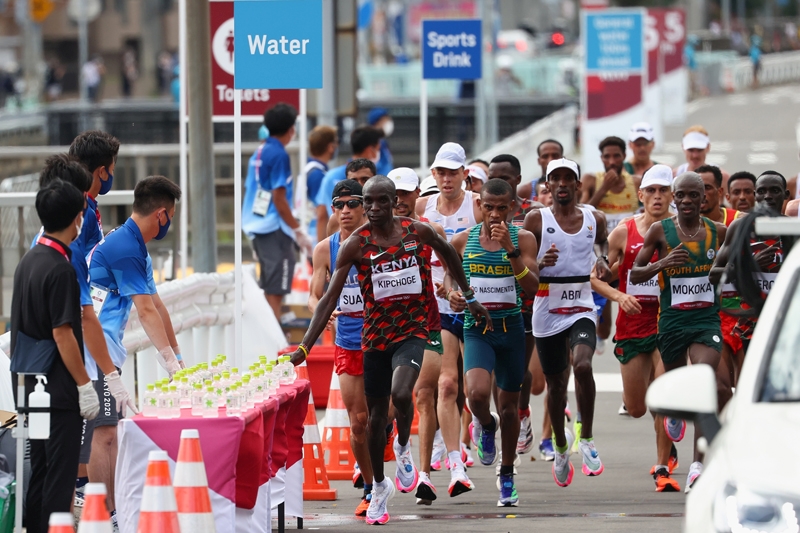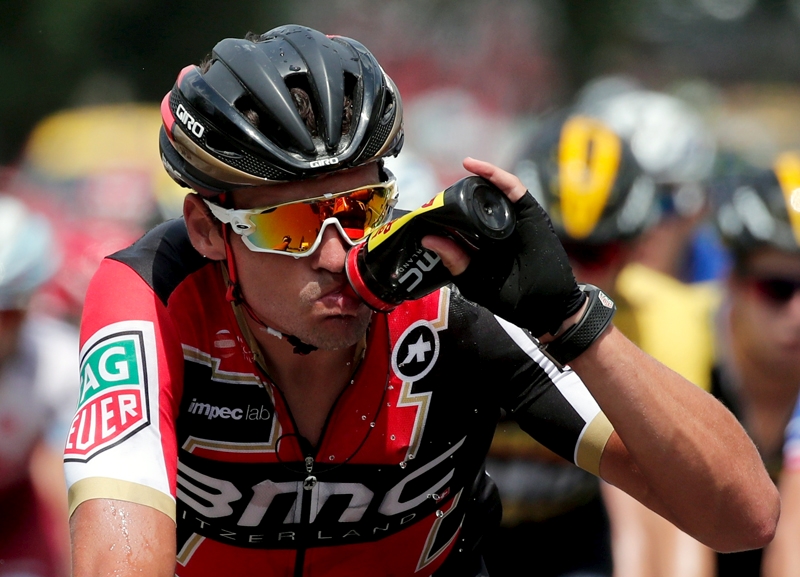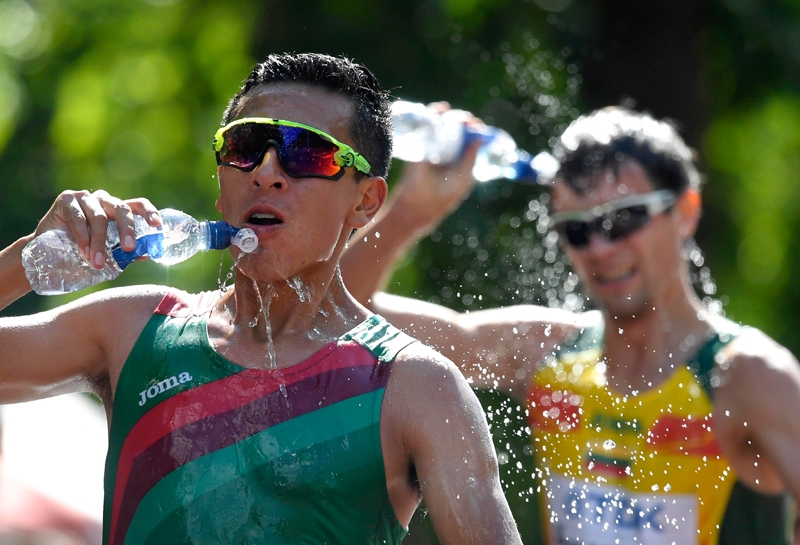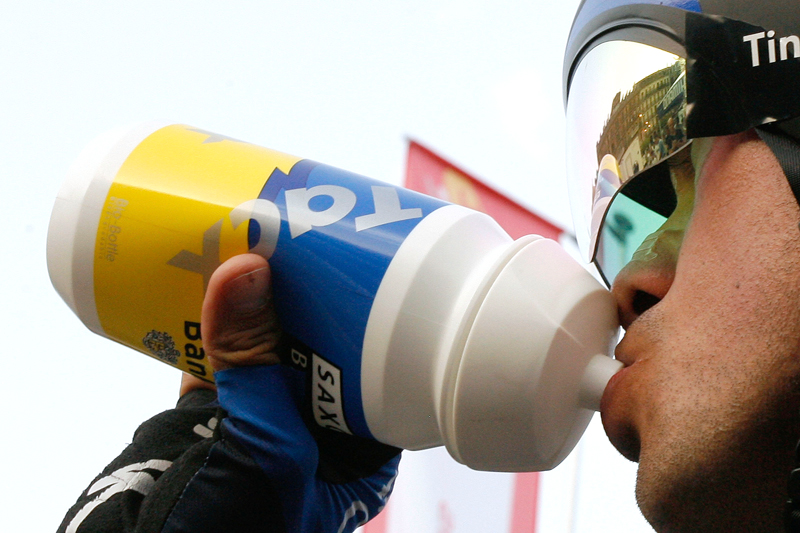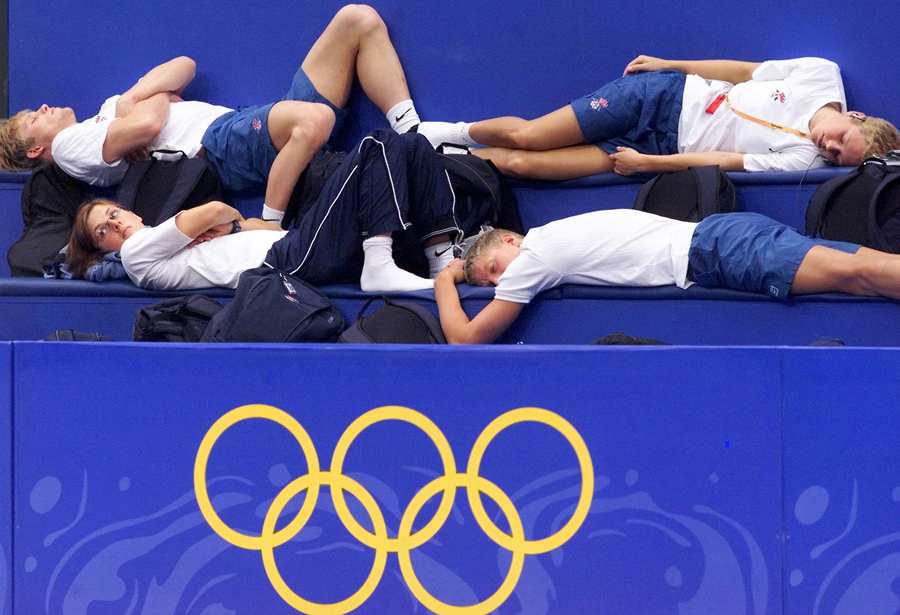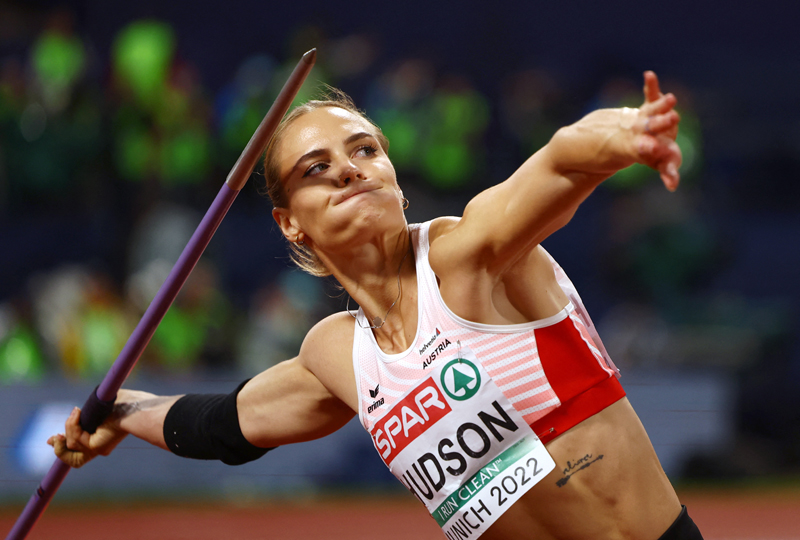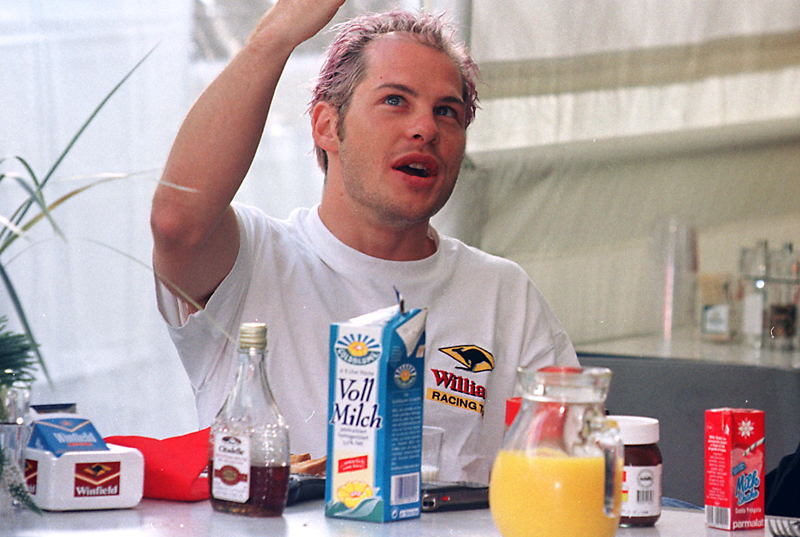You are viewing 1 of your 1 free articles. For unlimited access take a risk-free trial
Staying hydrated: please yourself!

If you're an athlete in the northern hemisphere, you're probably preparing for the challenges of winter training ahead. But let's not forget about athletes in the southern hemisphere. With midsummer's day fast approaching, they're about to encounter the hottest period of the year. When the mercury rises, staying adequately hydrated becomes a priority, and significant dehydration during exercise means your performance can suffer. Become seriously dehydrated and your health can suffer. Hardly surprising then that endurance athletes are urged to drink plenty and drink often, especially in warm conditions. Since it takes a degree of dehydration to stimulate the thirst mechanism, the practice of consciously consuming enough fluid so that you don’t even become thirsty during exercise has become a popular approach to fluid consumption during exercise. However, some scientists such as running guru Professor Tim Noakes have questioned this slavish approach to hydration, pointing out that the risks of over drinking (hyponatraemia) can be just as dire as under drinking. The good news is that research suggests that drinking instinctively (ie whenever you want) in hot conditions actually seems to work pretty well.
Hydration: should you decide?
In one study, researchers compared two groups of trained cyclists (average age 47) who had similar physical characteristics and training programs(1). Both groups had to cover 164km on a road bike in extremely hot conditions, with ambient temperatures of around 36C (97F). In one group, cyclists were instructed to take a very structured and rigid approach to fluid consumption, and drink fluid each and every time they felt the slightest bit thirsty. In the other group, cyclists were instructed to drink as much or as little fluid whenever they pleased. The researchers took various measurements 1 day before the event, on event day before the start, at three roadside aid stations, at the finish line, and one day after the event. These measurements included body mass changes, urinary hydration indices, food and fluids consumed, and ratings of thirst and perceived exertion.The average time to complete the distance was the same, regardless of drinking strategy used. Moreover, most of the physiological measurements such as body mass change, urinary indices, ratings of thirst, perceived exertion etc were not significantly different across the groups either. In fact, the only measurable difference was that the total fluid consumed the day after the event was greater in the freely chosen fluid intake group compared to the drinking to thirst group (5.1 litres vs. 3.1 litres over the 24-hour period.
Implications for endurance athletes
The researchers concluded that drinking to thirst and drinking freely resulted in similar physical and perceptual outcomes in the cyclists, suggesting that specific instructions to drink to prevent thirst were unnecessary. This study is not alone in recommending freely chosen fluid consumption as a good hydration strategy; a previous review study by running guru Professor Tim Noaks surveyed all the studies previously conducted on freely-chosen drinking in endurance athletes such as runners. His team of researchers concluded that it was as effective performance wise as rigorously drinking to prevent thirst - without the risks of over drinking(2). There’s also evidence that left to their own devices (ie drinking freely and not following a rigid hydration plan) most non-elite sportsmen and women are unlikely to lose more than 2% of their body mass via fluid loss(3). This is reassuring because studies show that fluid losses of 2% or less have no significant impact on performance levels.There are many factors that can influence the opportunities to drink while on the move, including availability of fluid and feed stations, the need to maintain your pace, and gastrointestinal comfort when drinking during exercise (which itself will depend on what you’re drinking). This research however suggests that you should drink as and when you feel the need rather than to a prescribed schedule. This will allow you to focus on training and competition rather than being distracted by ongoing evaluation of thirst sensations. Bear in mind however, that little and often may be easier on the tummy. Regardless of drinking strategy, you should always think about your fluid needs in advance and plan accordingly - the higher the temperature and greater the distance, the more fluid you’ll need to drink overall!
References
- J Athl Train. 2014 Sep-Oct;49(5):624-31
- Ann Nutr Metab. 2010;57 Suppl 2:9-17
- Sports Med. 2013 Jul;43(7):539-64
Newsletter Sign Up
Testimonials
Dr. Alexandra Fandetti-Robin, Back & Body Chiropractic
Elspeth Cowell MSCh DpodM SRCh HCPC reg
William Hunter, Nuffield Health
Newsletter Sign Up
Coaches Testimonials
Dr. Alexandra Fandetti-Robin, Back & Body Chiropractic
Elspeth Cowell MSCh DpodM SRCh HCPC reg
William Hunter, Nuffield Health
Keep up with latest sports science research and apply it to maximize performance
Today you have the chance to join a group of athletes, and sports coaches/trainers who all have something special in common...
They use the latest research to improve performance for themselves and their clients - both athletes and sports teams - with help from global specialists in the fields of sports science, sports medicine and sports psychology.
They do this by reading Sports Performance Bulletin, an easy-to-digest but serious-minded journal dedicated to high performance sports. SPB offers a wealth of information and insight into the latest research, in an easily-accessible and understood format, along with a wealth of practical recommendations.
*includes 3 coaching manuals
Get Inspired
All the latest techniques and approaches
Sports Performance Bulletin helps dedicated endurance athletes improve their performance. Sense-checking the latest sports science research, and sourcing evidence and case studies to support findings, Sports Performance Bulletin turns proven insights into easily digestible practical advice. Supporting athletes, coaches and professionals who wish to ensure their guidance and programmes are kept right up to date and based on credible science.
